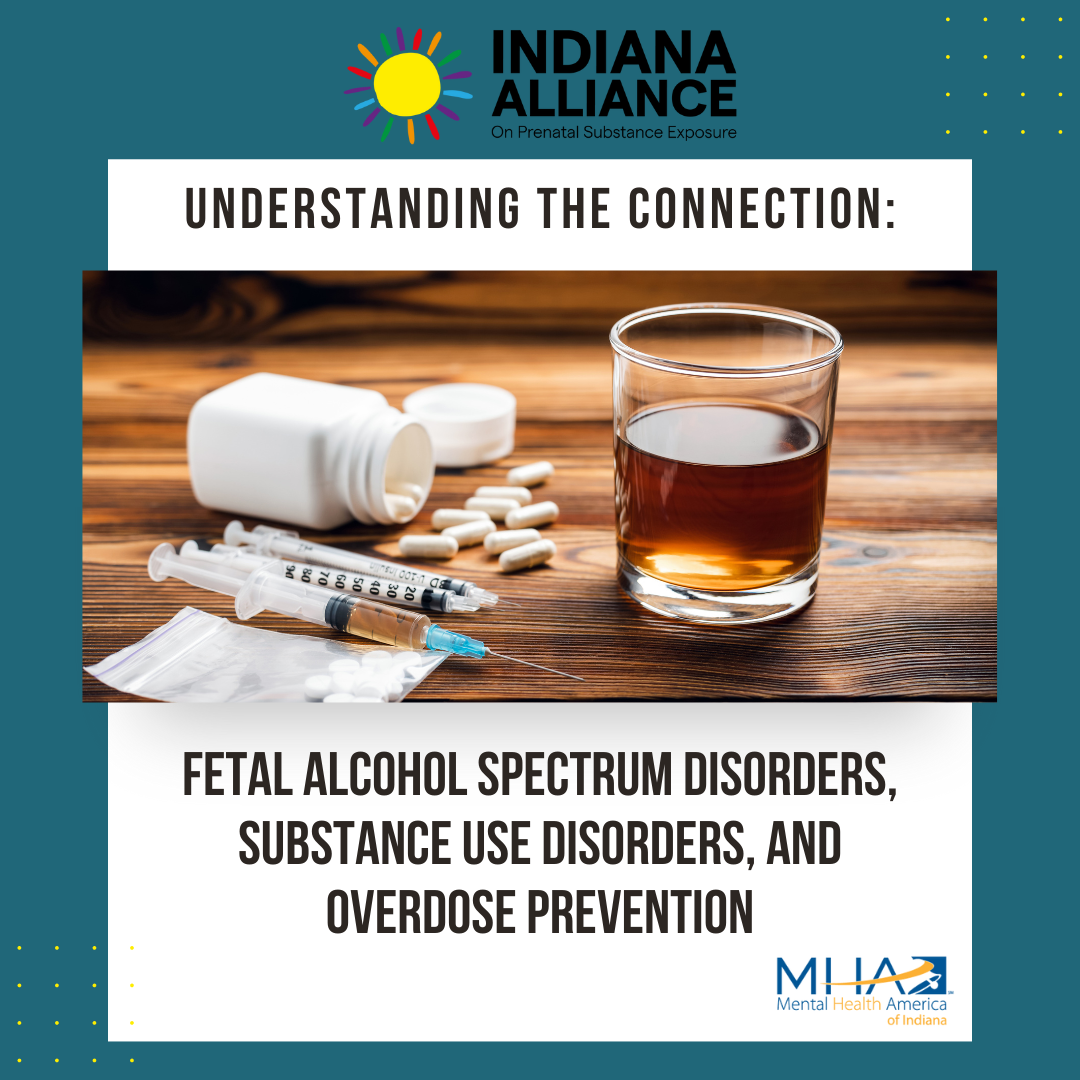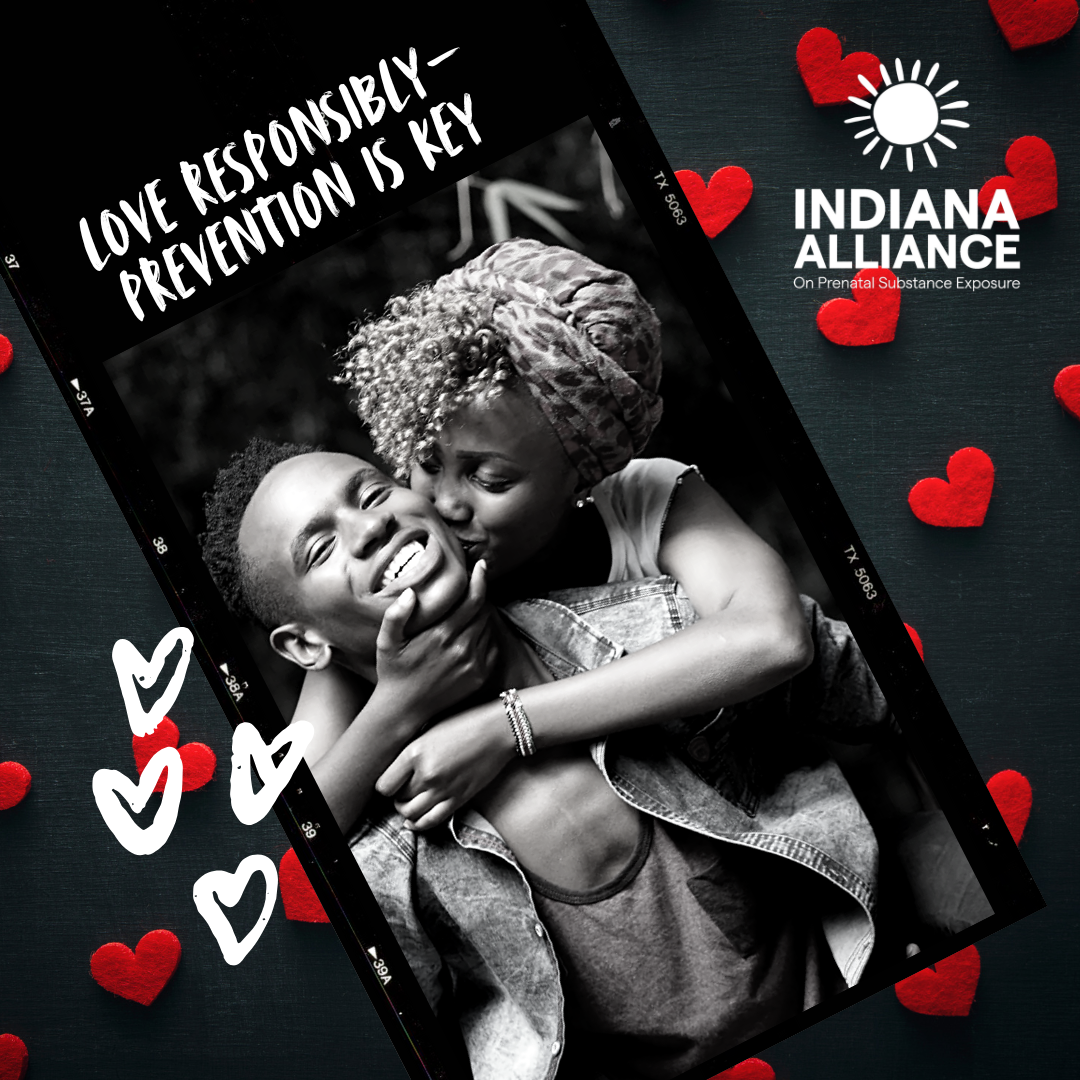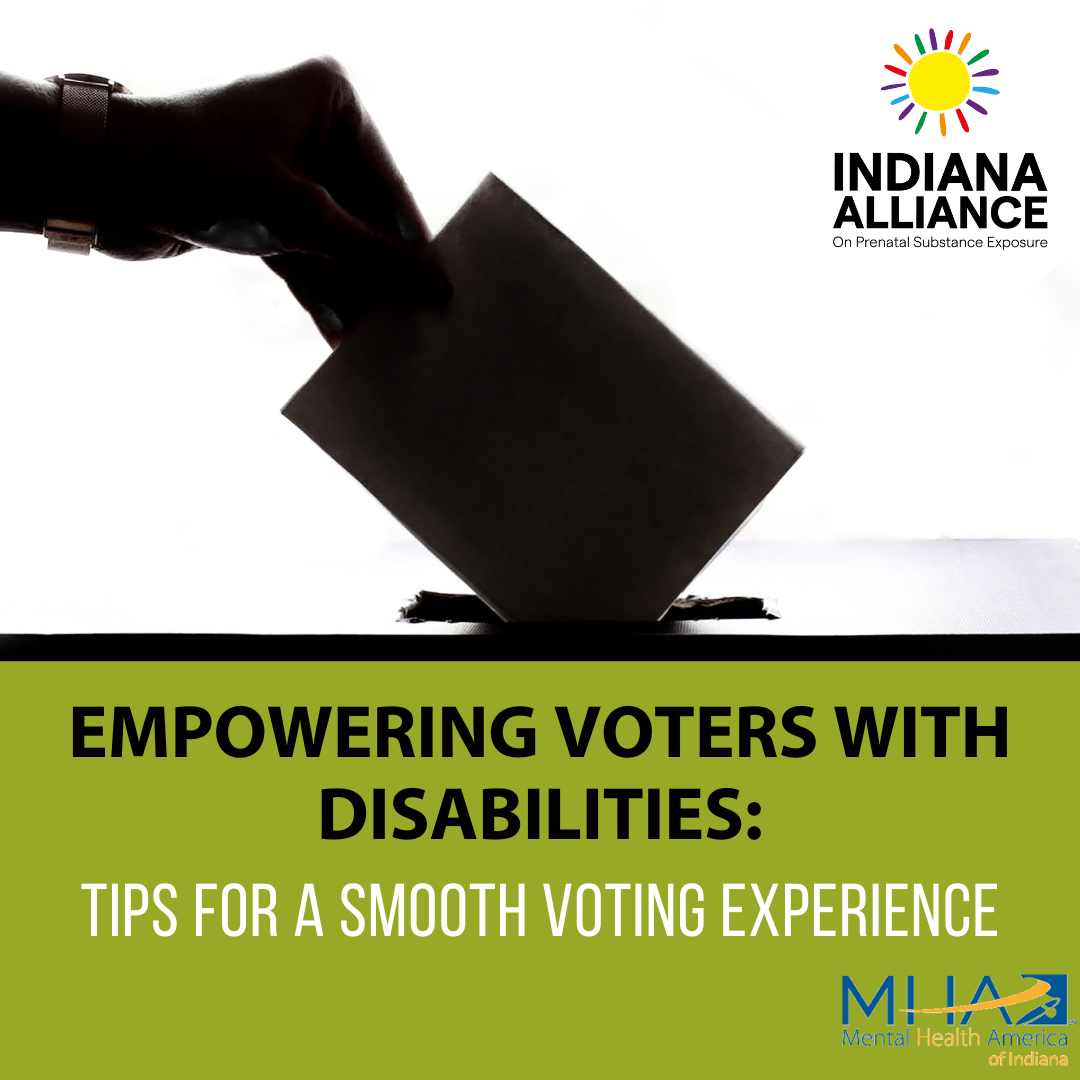
Fetal Alcohol Spectrum Disorders (FASD) are a group of conditions that can occur in individuals whose mothers consumed alcohol during pregnancy. FASD can result in a wide range of physical, cognitive, and behavioral challenges, including an increased vulnerability to substance use disorders (SUD). This article explores the link between FASD and substance use disorders, how to recognize an overdose, and where to obtain free Narcan (naloxone) in Indiana, a life-saving medication that can reverse opioid overdoses.
- The Link Between FASD and Substance Use Disorders
Individuals with FASD are significantly more likely to develop substance use disorders compared to the general population. The complex interplay of cognitive and behavioral impairments associated with FASD often includes poor impulse control, difficulties with social interactions, and a tendency toward risky behaviors—all of which can increase the likelihood of substance misuse.
According to research, individuals with FASD are more prone to developing SUDs, particularly during adolescence and young adulthood. A study published in the journal Addiction Biology found that people with FASD are at a higher risk of engaging in substance use, often starting at an earlier age, which can lead to chronic dependency. The challenges in executive functioning, emotional regulation, and social judgment that are common in FASD may make it more difficult for individuals to resist peer pressure, recognize the consequences of their actions, and seek help when needed.
- How to Recognize an Overdose
Recognizing the signs of an overdose can be life-saving. An overdose occurs when someone consumes a toxic amount of a substance, particularly opioids, which can severely depress the body’s vital functions. The ability to identify an overdose quickly is crucial for timely intervention.
Common signs of an opioid overdose include:
- Unresponsiveness: The individual cannot wake up or respond to external stimuli.
- Slow or Erratic Breathing: Breathing may be very slow, irregular, or have stopped completely.
- Bluish Skin or Lips: The skin, especially around the lips and fingertips, may turn blue or gray due to a lack of oxygen.
- Pinpoint Pupils: The person’s pupils may be very small, even in dim light.
- Choking or Gurgling Sounds: The individual may make unusual noises, often referred to as a “death rattle.”
- Limp Body: The body may be very limp or weak, with little muscle tone.
If you suspect someone is overdosing, it is critical to act immediately. Call 911 and administer naloxone (Narcan) if available, following the instructions provided.
- Where to Obtain Free Narcan in Indiana
Naloxone, commonly known by the brand name Narcan, is a medication that can rapidly reverse an opioid overdose. It works by binding to opioid receptors in the brain, blocking the effects of the opioid, and restoring normal breathing. Naloxone is a critical tool in the fight against the opioid crisis, and in Indiana, it is widely available for free through several programs and organizations.
Where to obtain free Narcan in Indiana:
- Overdose Lifeline, Inc.: This organization provides free naloxone kits to Indiana residents. You can request a kit online, and it will be mailed to you at no cost. Visit www.overdoselifeline.org for more information.
- Indiana State Department of Health (ISDH): The ISDH provides naloxone distribution sites throughout the state. You can find a location near you by visiting their website www.in.gov/isdh and using the naloxone locator tool.
- Local Health Departments: Many county health departments in Indiana distribute free naloxone. Contact your local health department to inquire about availability and distribution sites.
- Pharmacies: Indiana law allows pharmacies to dispense naloxone without a prescription. While some pharmacies may charge a fee, many participate in state-funded programs that allow them to provide naloxone at no cost to the patient.
Conclusion
The connection between Fetal Alcohol Spectrum Disorders and substance use disorders is well-documented, highlighting the importance of early intervention and ongoing support for those affected. Recognizing the signs of an overdose and knowing where to obtain naloxone are crucial steps in saving lives and preventing the devastating consequences of opioid addiction. By equipping yourself with knowledge and resources, you can help protect those at risk and contribute to a healthier, safer community.
Reference:
Indiana State Department of Health. (2024). Naloxone (Narcan) Distribution and Overdose Prevention. Retrieved from https://www.in.gov/isdh/
National Institute on Drug Abuse. (2023). Opioid Overdose Reversal with Naloxone (Narcan, Evzio). Retrieved from https://nida.nih.gov
O’Malley, K. D., & Nanson, J. (2002). Clinical implications of a link between Fetal Alcohol Spectrum Disorder and substance use disorders. Addiction Biology, 7(4), 367-376. DOI: 10.1080/1355621021000005969
Overdose Lifeline, Inc. (2024). Access to Naloxone in Indiana. Retrieved from https://www.overdoselifeline.org







